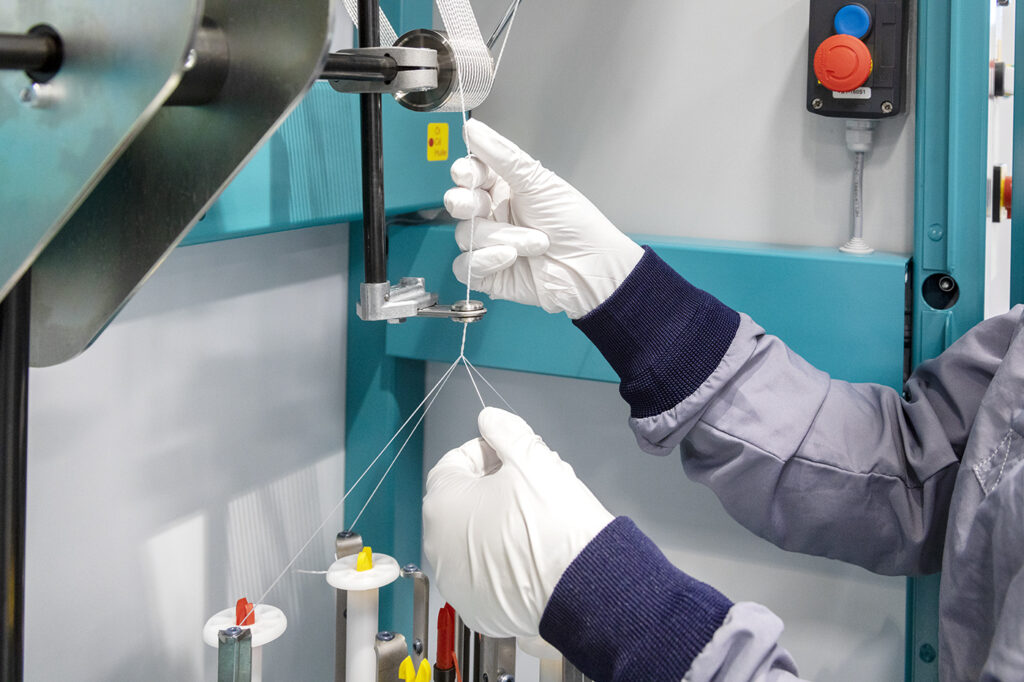
Cortland Biomedical, a medical textiles product development company in Cortland, N.Y., has announced that it now has capabilities for processing radiopaque fibers. By incorporating radiopaque fibers into diagnostic and interventional medical devices, it allows the devices to become clearly visible under fluoroscopy while maintaining the mechanical properties desired for the specific application. Improved visibility under fluoroscopy and x-rays—including better contrast and sharpness of the image—will allow surgeons to optimally position the device or implant.
Textile-based implants can also incorporate radiopaque fibers, which will enable surgeons to view the position of the implant under fluoroscopy months or even years after surgical placement. The incorporation of textiles allows for lower profile and more flexible medical devices that can enable less invasive surgical procedures.
Cortland Biomedical custom designs and manufactures high-performance biomedical textile structures. The company has an extensive range of knitting, weaving, and braiding capabilities, enabling it to work with its customers to develop complex, customized textile structures with highly tailored mechanical properties. Any of these methods can be applied to processing radiopaque fibers, which are currently available in PET and UHMWPE.
 TEXTILES.ORG
TEXTILES.ORG


